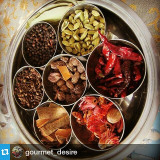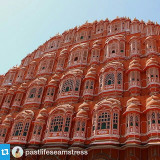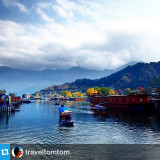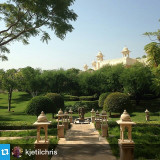Random image from our India photo collection
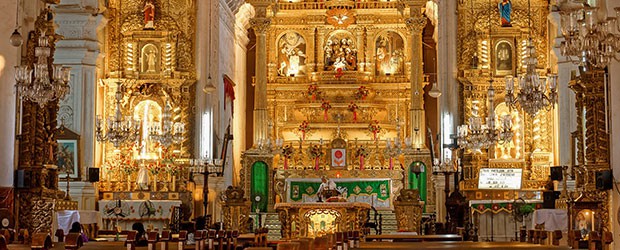
Delhi
Craft
Delhi has a rich legacy of crafts patronized by the emperors of yore. Shahjahanabad, Old Delhi as it is called today, is the richest of the legacies. Not only because it is the closest to us chronologically, but also because the Mughals were great patrons of arts and crafts. In Matia Mahal’s Pahadi Bhojla one will find umpteen shops of jewelers who fashion beautiful bangles and necklaces out of bone. Their predecessors were ivory craftsmen. However, with the ban on ivory, they were compelled to change their raw material and switch over to bones of buffaloes and camels instead.
Creating magic with golden thread embroidery or euphoria with semi-precious stones, there are the zardozis in the neighborhood. Zardozi is the art of embroidery with gold thread. These craftsmen work intricate designs on silk, velvet, and even tissue materials. Insignias, pulpit covers, embroidery on the robes of bishops and even the Pope are all created here.
The medicinal value of silver paper (varak) is well known. Thin sheets of silver paper are still wrapped around sweets and even betel leaves. If you are looking for the authentic one, go to Matia Mahal again. A few of the craftsmen, who beat silver into thin sheets, by hand, still live here.
The famed meenakari work, where paint is embossed on silver or gold to give it the look of a precious stone, was once a thriving business of Shahjahanabad. Turbulence of Delhi, ever since Nadir Shah and later the colonial rule pushed the artisans away to peaceful climes.
Lacquer work bangles are one of the old art forms still living in Shahjahanabad. Bright shades of yellow, red, and blue are perked up with tiny pieces of mirrors and gold-colored borders with beads to add that extra touch.
Common to many parts of Delhi are the potters. Not only do they fashion pots for the hot summer, which, in spite of refrigerators, are still greatly in demand, they also fashion beautiful clay and papier-mâché dolls. These clay dolls, some as toys and some as decorations and some even as clay idols during festivities, have a diminishing demand from the rural-urban migrators.
The other crafts here are the making of incense sticks, of attars (perfumes), brass molding, and so on.
Go back
Creating magic with golden thread embroidery or euphoria with semi-precious stones, there are the zardozis in the neighborhood. Zardozi is the art of embroidery with gold thread. These craftsmen work intricate designs on silk, velvet, and even tissue materials. Insignias, pulpit covers, embroidery on the robes of bishops and even the Pope are all created here.
The medicinal value of silver paper (varak) is well known. Thin sheets of silver paper are still wrapped around sweets and even betel leaves. If you are looking for the authentic one, go to Matia Mahal again. A few of the craftsmen, who beat silver into thin sheets, by hand, still live here.
The famed meenakari work, where paint is embossed on silver or gold to give it the look of a precious stone, was once a thriving business of Shahjahanabad. Turbulence of Delhi, ever since Nadir Shah and later the colonial rule pushed the artisans away to peaceful climes.
Lacquer work bangles are one of the old art forms still living in Shahjahanabad. Bright shades of yellow, red, and blue are perked up with tiny pieces of mirrors and gold-colored borders with beads to add that extra touch.
Common to many parts of Delhi are the potters. Not only do they fashion pots for the hot summer, which, in spite of refrigerators, are still greatly in demand, they also fashion beautiful clay and papier-mâché dolls. These clay dolls, some as toys and some as decorations and some even as clay idols during festivities, have a diminishing demand from the rural-urban migrators.
The other crafts here are the making of incense sticks, of attars (perfumes), brass molding, and so on.
Go back






